The concept of the Tactile Internet represents a groundbreaking evolution in digital communication, promising to enable real-time haptic interaction over networks. Unlike traditional internet services that focus on delivering visual or auditory content, the Tactile Internet aims to transmit touch and physical sensations with imperceptible latency. This technology has far-reaching implications, from remote surgery and industrial automation to immersive gaming and augmented reality. However, the most formidable obstacle standing in its way is the challenge of achieving ultra-low latency.
Latency, in simple terms, refers to the delay between sending a command and receiving a response. For most internet applications today, a delay of a few hundred milliseconds is tolerable. However, the Tactile Internet demands latencies as low as 1 millisecond—a threshold that current infrastructure struggles to meet. Even the slightest delay can disrupt the sense of realism in haptic feedback, making interactions feel sluggish or unnatural. In critical applications like telemedicine, such delays could have life-or-death consequences.
The pursuit of sub-millisecond latency involves overcoming hurdles at multiple levels. Network architecture must be reimagined to minimize propagation delays, requiring edge computing and decentralized data processing. Traditional cloud-based systems, where data travels to distant servers and back, are ill-suited for the Tactile Internet. Instead, computing resources must be brought closer to end-users through edge nodes and 5G/6G networks. These advancements reduce the physical distance data must travel, but they also introduce new complexities in synchronization and resource management.
Another layer of complexity arises from the need for near-instantaneous signal processing. Haptic data, unlike video or audio streams, cannot be buffered or compressed without degrading the user experience. Every microsecond counts, and traditional error-correction protocols may introduce unacceptable delays. Researchers are exploring novel encoding techniques and lightweight transmission protocols tailored specifically for tactile data. The goal is to strike a delicate balance between reliability and speed, ensuring that packets arrive both quickly and intact.
The human nervous system further complicates the latency challenge. Our sense of touch is incredibly sensitive to timing discrepancies. Studies show that delays as brief as 10 milliseconds can be perceptible in haptic interactions, breaking the illusion of direct physical contact. To achieve true realism, the Tactile Internet must operate at speeds that align with human neurology. This demands not only faster networks but also smarter algorithms capable of predicting user actions and preemptively transmitting feedback.
Despite these challenges, progress is being made. Experimental networks leveraging mmWave frequencies and terabit optical links have demonstrated sub-millisecond round-trip times in controlled environments. Meanwhile, advancements in AI-driven predictive haptics show promise in compensating for residual latency by anticipating user movements. While widespread deployment remains years away, each breakthrough brings us closer to a future where physical interactions can be replicated across digital networks with imperceptible delay.
The implications of solving the latency challenge extend beyond technology—they touch on human connection itself. Imagine a world where a surgeon in New York can operate on a patient in Tokyo with the same precision as being in the same room, or where loved ones separated by oceans can share a virtual embrace that feels genuine. The Tactile Internet has the potential to erase physical barriers in ways previously confined to science fiction. But until latency is conquered, that potential will remain just out of reach.
As research continues, collaboration between telecom providers, hardware manufacturers, and software developers will be crucial. Standardizing protocols, optimizing hardware, and building infrastructure capable of meeting these extreme demands requires unprecedented coordination across industries. The road ahead is complex, but the reward—a seamlessly connected tactile world—is worth pursuing with relentless focus.

By /Jul 11, 2025
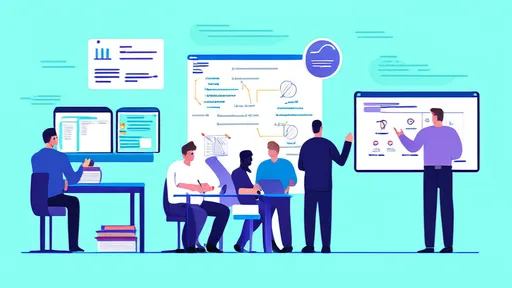
By /Jul 11, 2025
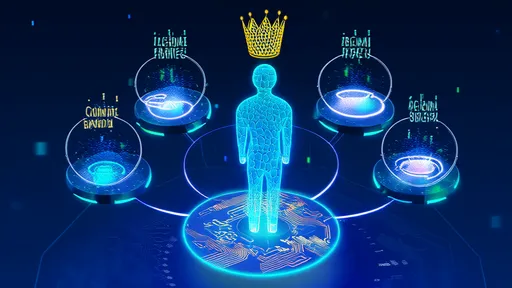
By /Jul 11, 2025
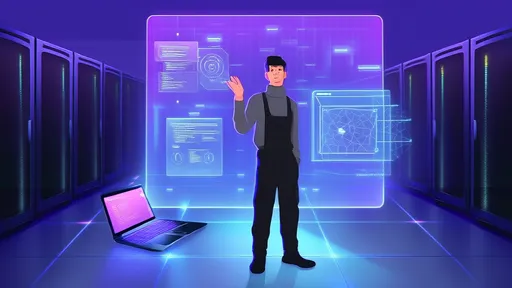
By /Jul 11, 2025
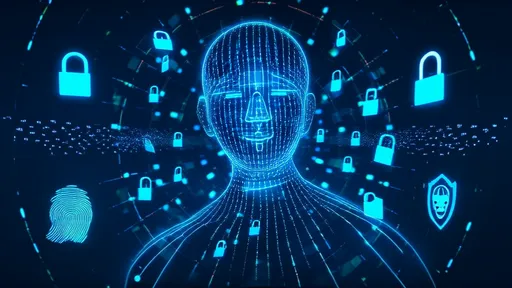
By /Jul 11, 2025
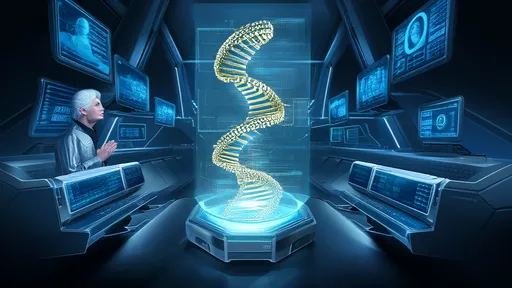
By /Jul 11, 2025
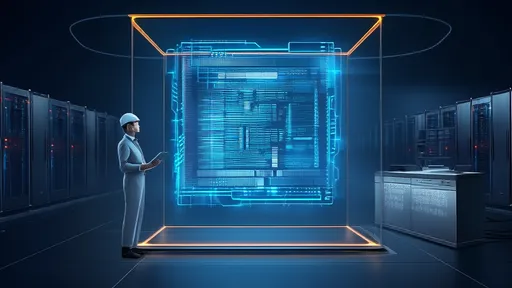
By /Jul 11, 2025
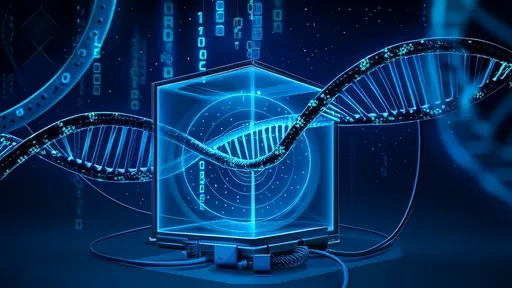
By /Jul 11, 2025

By /Jul 11, 2025
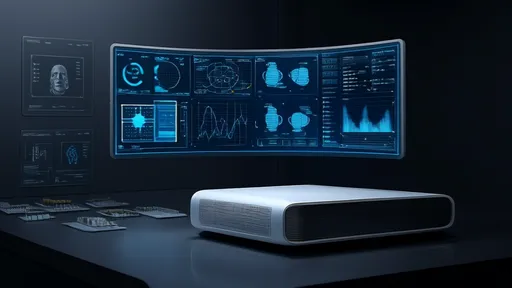
By /Jul 11, 2025
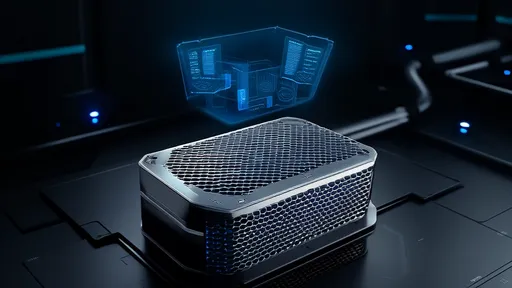
By /Jul 11, 2025

By /Jul 11, 2025
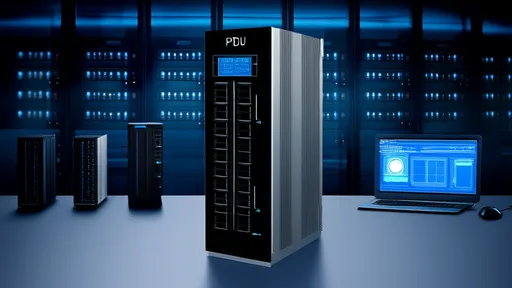
By /Jul 11, 2025
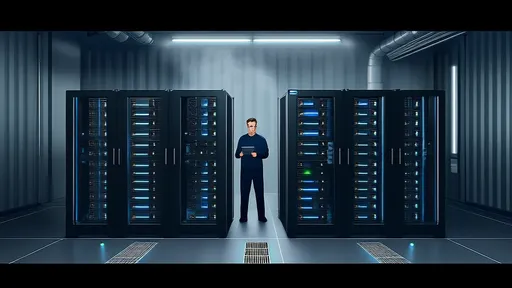
By /Jul 11, 2025
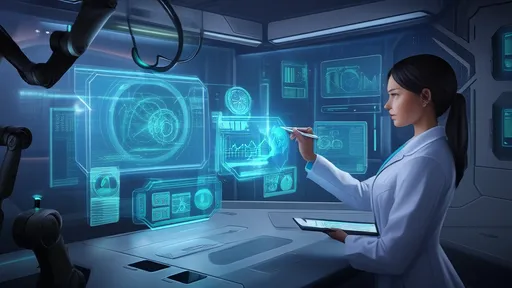
By /Jul 11, 2025
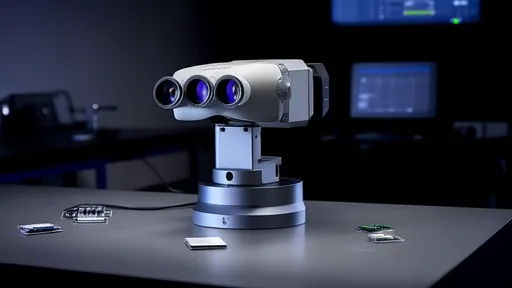
By /Jul 11, 2025

By /Jul 11, 2025
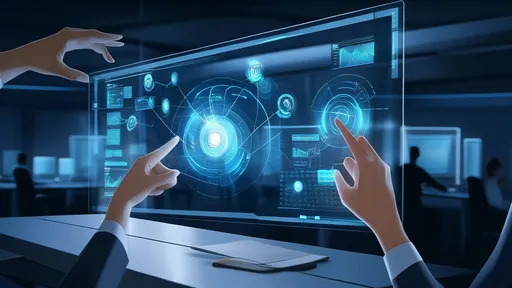
By /Jul 11, 2025